Description
This rare, antique champagne glass is the most imposant goblet of the 12-piece set. It belongs to the arrangement of the dining table which Peter Behrens designed for the Munich exhibition in the Crystal Palace in 1899.
The exclusive right on the sales of the glasses just had the Kunstsalon Keller & Reiner. The here offered glass dates from the first decade of the 20th century.
The deviations to the new edition are obvious. The antique glass has a lower light transmission and the dimensions are slightly different. The floor plate is in its middle more curved and flattened to the outside. That influenced the overall height. Also the diameter of the blowpipe varies compared to the remake.
The reasons for this lie in the not-100%-cleared-quartz sand, which is to be used for the molten glass. In comparison to the remake the antique glass appears therefore slightly gray. The blowpipe was not blown in a mold made of steel, but in a wooden one, which burn out after a while. This affected the diameter of the glass and the surface in all.
Like no other example of the German and the international history of the modern glass the glass set embodies the Art Nouveau and the early modernity. Peter Behrens sought for a “art for everyone”, what the Deutscher Werkbund aimed with their foundation in 1907.
The special performance of Peter Behrens was realized in the fact, that he “rescued the drinking glass of inorganic ornaments and he moved the effect just on the material of the glass and the making process” (Karl With 1912/13).
This set of goblets had been suitable for industrial production. Three years later, in 1901, the Rheinische Glashütten AG in Köln-Ehrenfeld edited the set in the same design, but with slight different sizes. To an incomparable early date Behrens design had reached the main aim of the modernism, providing well-designed using objects for everybody. The statement for the Art-and-Crafts-movement in Germany has been tangible for the first time. In the following decades the glasses with the thickening shafts – an invention by Peter Behrens – became quite popular for wine glasses.
Peter Behrens was a painter and trained architect, but his revolutionary designs for arts and crafts, in the areas of glass, ceramic, metal and typography, in particular his unprecedented employment to the artistic advisory board of the AEG, brought him reputation being the first industrial designer in German history.
The glasses of this set are represented in the main German design and applied art museums.
The entire set was first shown in: Dekorative Kunst Jg. 3, 1899/1900, Abb.S.18/19. See also: Peter Klaus Schuster: Peter Behrens und Nürnberg, Geschmackswandel in Deutschland: Historismus, Jugendstil und die Anfänge der Industrieform, Exhibit. German. Nationalmuseums Nürnberg, München 1980, im. 69, p.60; furthermore: Schröder, Udo, Trinkgläser vom Jugendstil zum Art Deco. Hamburg 1998, im. p.131; Museum Künstlerkolonie Darmstadt, Bestandskat. Mathildenhöhe Darmstadt 1990, im. p.16; Kat. Deutsches Museum für Kunst in Handel und Gewerbe, 1997, p.90; H. Rezepa-Zabel: Deutsches Warenbuch, Reprint und Dokumentation, 2005, p.134.
Priceref.: Herr-Auktionen, Auction 68, lot 186, estimate: 900,- €

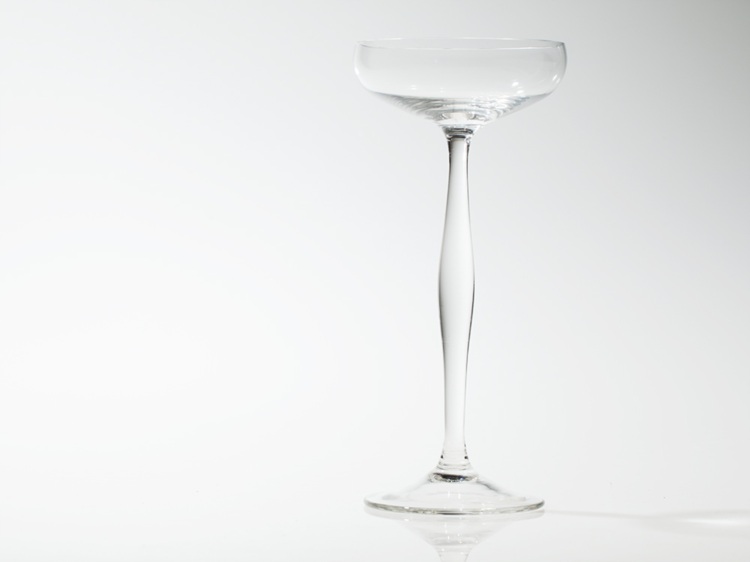




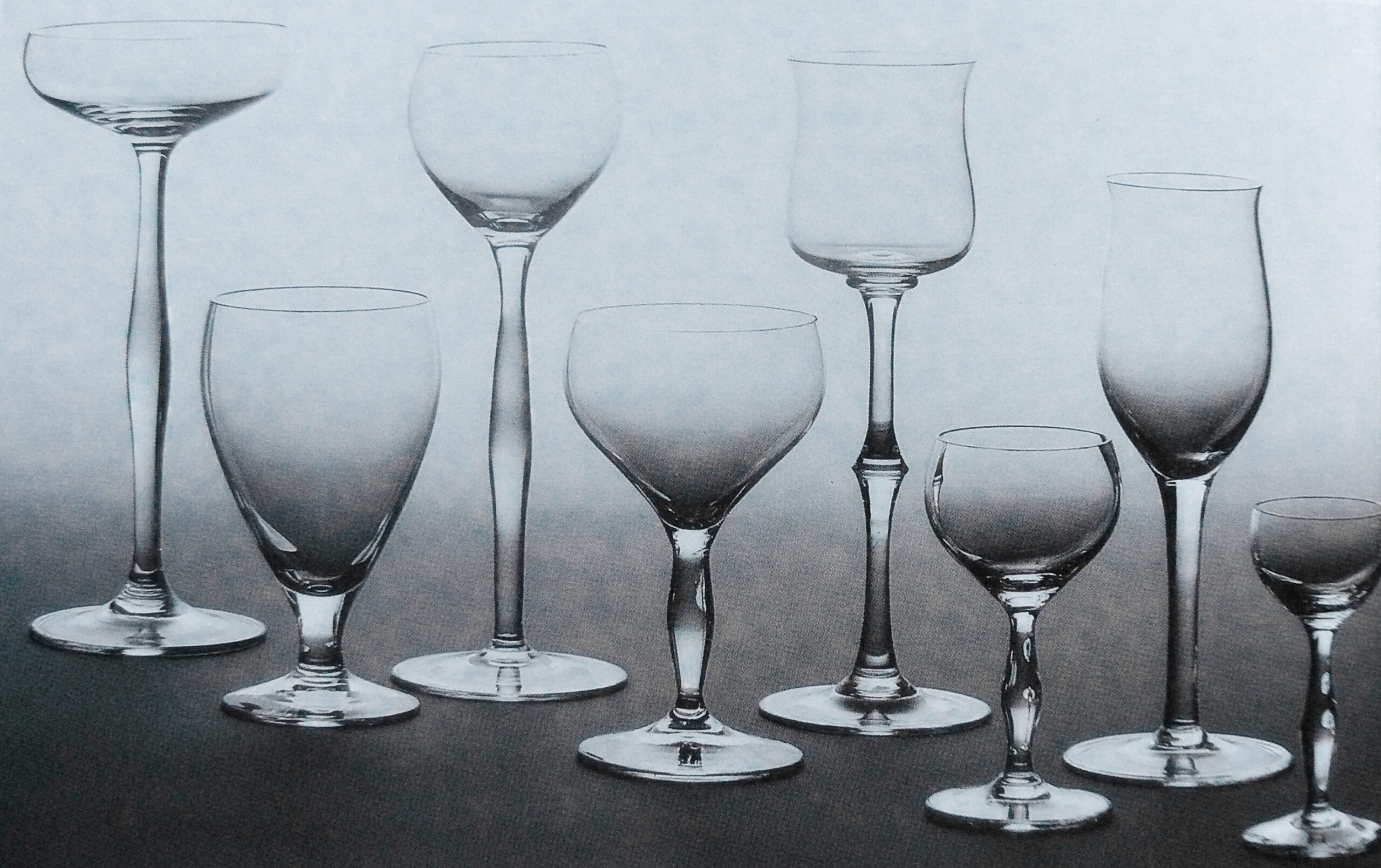
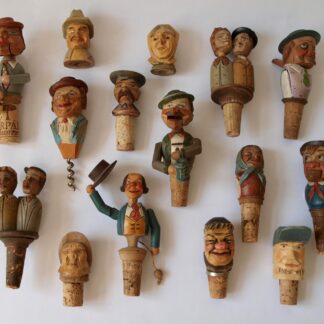
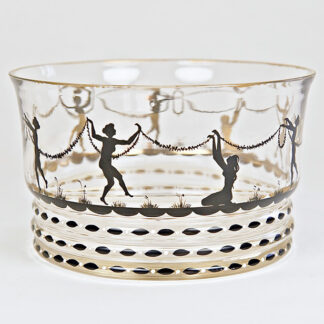
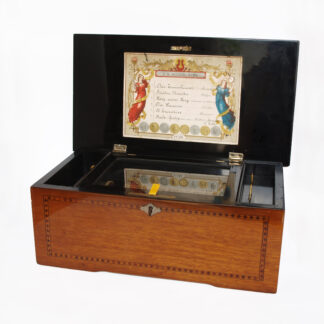
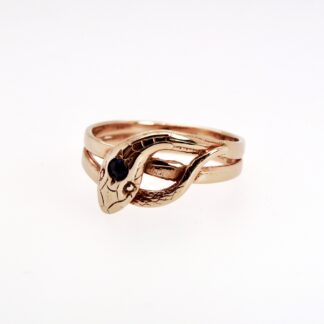

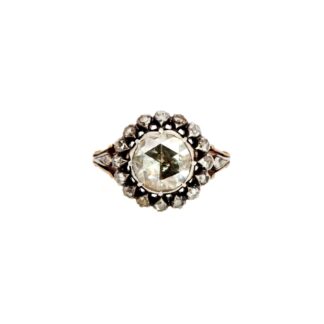
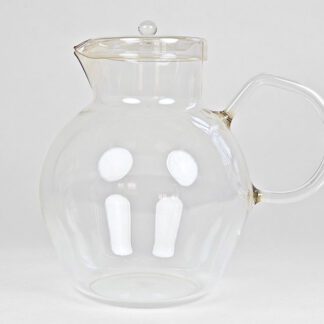
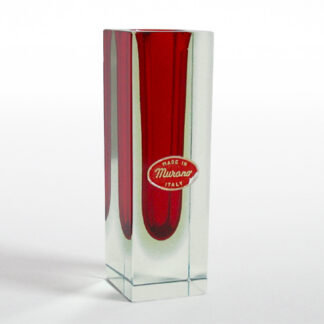
Reviews
There are no reviews yet.